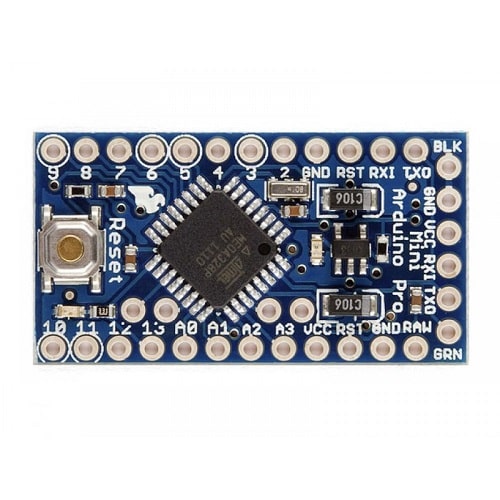Tiny yet powerful, these boards are some of the best for designing wearables for fitness monitoring

In this hectic lifestyle, we take all measures to stay healthy. To keep track of our fitness, we often resort to buy expensive wearables. Instead of spending money on buying readymade ones, you can build a wearable device at much less cost using the following development boards.
Adafruit Flora
This tiny, round board (44.4mm) by Adafruit is built around the Atmega32u4 chip and weighs just 4.4 grams, which has built-in micro-USB port. It can run on 3.5V to 16V DC and can be used with LiIon/LiPoly, LiFe, alkaline or rechargeable NiMh/NiCad batteries of any size. Unique feature about this board is that easily sewable to any piece of fabric. It has a clock speed of 8MHz.

Adafruit Gemma
Another board by Adafruit, it is a smaller version of Flora. Built around Attiny85 microcontroller, the board is 25.4mm diameter in size and weighs 3.29 grams. Like Flora, it is sewable, runs on 3.5V to 16V DC, has clock speed of 8MHz and has built-in micro-USB port.

LilyPad Arduino Simple Board
The most poplular among the LilyPad family, the board is powered by ATmega328 and its built-in power supply socket consumes 3.7V from LiPo battery. With less on-board pins, LilyPad Arduino Simple Board is spacious and sewable to any fabric.

Seeeduino Nano
Similar to Seeeduino v4.2/Arduino UNO, the Seeeduino Nano is a compact board (18mm x 43mm) that is built around Atmega328P. It has an input voltage of 5V (through USB type-C) and 7V -12 V (through VIN and GND pins).

TinyDuino
It is a miniature open source platform with a TinyDuino processor board (basically, a shrunken version of the Arduino board). It uses Atmega328P microcontroller and supports 2.7V – 5.5V power supply. Available in 20mm x 20mm size with weight up to 1.10 grams. Has clock speed of 8MHz, 2KB RAM and 1KB EEPROM.

Arduino Pro Mini
The Arduino Pro Mini is powered by Atmega 328 and is available in 3.3V and 5V versions. Clock speeds are 8MHz (for 3.3V version) or 16MHz (for 5V version). Has SRAM of 2KB and EEPROM of 1KB.

Arduino Nano
Like Arduino ProMini, the Arduino Nano is also similar to Arduino Uno but with a small form factor. It is powered by Atmega 328. Operating voltage is 5V with input voltage being 7V – 12V (through VIN and GND). Has clock speed of 16MHz, SRAM of 2KB and EEPROM of 1KB. Size is 18mm x 45 mm and weighs 7 grams.

Espressif ESP8266
The ESP-01 ESP8266 Serial WIFI Wireless Transceiver Module contains an SOC with integrated TCP/IP protocol stack that gives any microcontroller access to your WiFi network. It has 1MB flash memory, dimensions are 25mm x 15mm x 11mm and weighs 2grams.

Digispark Attiny85
Similar to Arduino but smaller, the Digispark is an Attiny85 based microcontroller development board that can be powered by 5V or 7V-35V. It has an 8KB flash memory.









